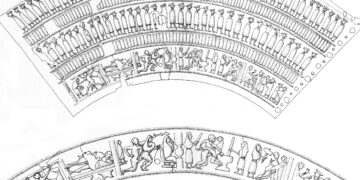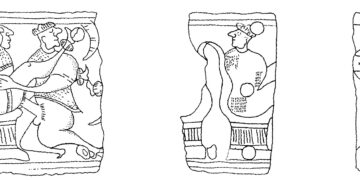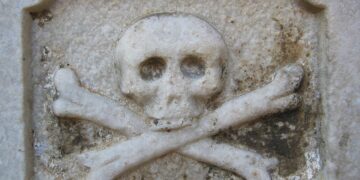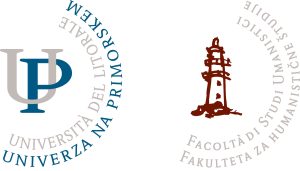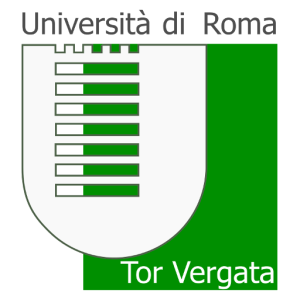Saint Naum was the youngest disciple of Ss. Cyril and Methodius and attended their mission to Great Moravia and Lower Pannonia in 863. For the next 22 years, he worked in translating the Bible into Old Church Slavonic – for this purpose, the Glagolitic script was devised. However, the missionary work ran into opposition from German clerics who opposed their efforts to create a Slavic liturgy. By 885, the two main patrons for the missionaries, Rastislav of Moravia of Great Moravia and Prince Koceľ of Lower Pannonia, as well as Cyril and Methodius had died, and the pressure from the German Church became increasingly more hostile. The remaining missionaries headed to Bulgaria where Tsar Boris arranged the establishment of two Slavic literary schools in Pliska and Ohrid.
The activity of St. Naum coincides with the golden age of Ohrid’s medieval culture where he between 893 and 900 led the scriptorium. After retiring, he joined the monastery of St. Michael that was subsequently renamed after him. The legend of his miracles spread quickly and people from across the region gathered and the donations flowed into the monastery. He died in 910 and is today considered as the patron of people with mental and other illnesses.












